
- 1-877-650-2121
- My Orders
- Cart 0 item(s)

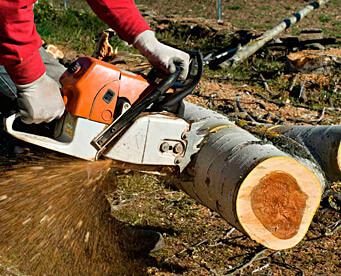
The chainsaw is a staple tool for professional landscapers. Increasingly, homeowners have also discovered how chainsaws can simplify landscape and yard maintenance. Chainsaws make it easier and faster to prune thick bushes and trees, clear brush that's too thick for a string trimmer or pole pruner, cut up firewood and clean up storm damage including fallen and tangled branches and trees. Like other types of outdoor power equipment, proper care and maintenance of a chainsaw is important for safe operation, energy conservation and longevity.
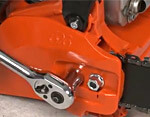
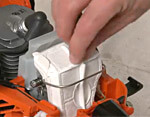
The air filter has the important job of preventing dirt and debris from getting into the engine. If it's exceptionally dirty or torn, replace it. Air filters should be replaced every 100 hours of use or every three months. If there are tears or clogs in the fuel filter screen, replace it. Enter your chainsaw's model number to find the filters designed specifically for your model.
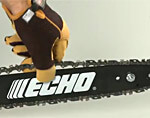
Check the chain for dullness and damage such as bent chain links. If you find any damage, replace the chain before using it again. Chainsaws are designed to smoothly cut wood; if it requires some elbow grease from you to penetrate the wood, the chain needs to be sharpened. Chainsaws can be professionally sharpened or you can buy a kit to do it yourself, but it's often less expensive and easier to simply replace the chain.
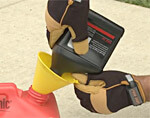
Make sure that you always follow the owner's manual's instructions for proper gasoline and oil mixture. Failing to use the right mixture can result in serious problems. Insufficient lubrication may cause engine failure. Too much oil can clog the spark arrester inside of the muffler.
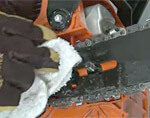
Spray on the degreaser only when the engine is completely cool. Let the degreaser sit for 10-15 minutes before wiping away with a clean cloth. Then use a hose to rinse off the unit. Be sure to allow the chainsaw to dry completely before using it.
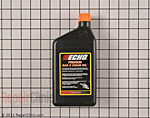
Use bar-and-chain oil to lubricate the bar. Conventional motor oil does not work well for this purpose because it doesn't have enough viscosity; the rotating chain will expel the oil too quickly.
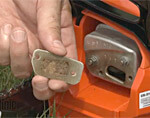
Every 25 hours of use or once a season, replace the spark arrestor located within the engine's muffler. Since spark arrestors are made of fiberglass, they're not designed to be cleaned and reused.
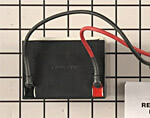
If you have a battery-powered chainsaw, follow the owner's manual for instructions on cleaning the battery terminals and regularly charge the battery.
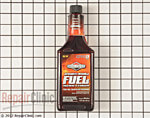
Before storing your chainsaw for the off season, thoroughly inspect it for damage and replace parts as needed. Use a fuel stabilizer with fresh fuel to prevent clogging the carburetor.
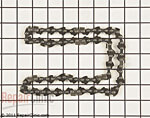
RepairClinic has chains, oil, air filters, spark arrestors, fuel filters, spark plugs and many other products for chainsaws. Enter your chainsaw's model number to view the chainsaw parts for your chainsaw.
Not sure what's broken? Chainsaw won't start? Chain not turning? Check out our free chainsaw Repair Help for troubleshooting and repair help information specifically for your model.
Before performing any maintenance or repair, be sure to review your chainsaw's owner's manual and follow its directions carefully. When operating your chainsaw, always wear ear protection, safety glasses (a.k.a. safety goggles) and heavy-duty gloves. Cover your arms and legs with thick clothing. Wear rubber-soled shoes. Keep your children and pets inside your home, as wood bits and other debris can be propelled at high speeds, creating a very serious safety concern.
This is often caused by a clogged spark arrestor in the muffler. Enter your chainsaw model number in our chainsaw Repair Help for free troubleshooting information about possible causes and solutions to fix it.